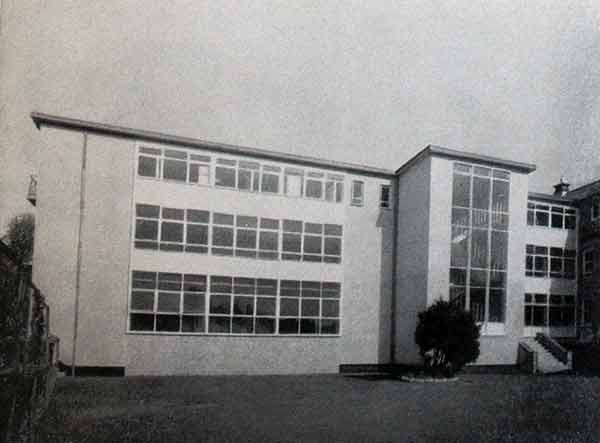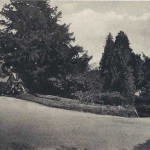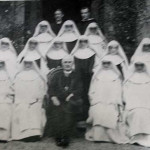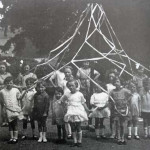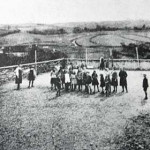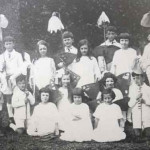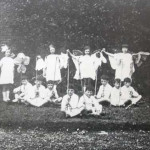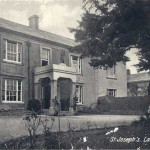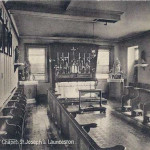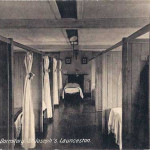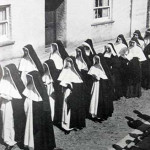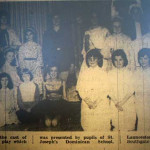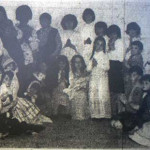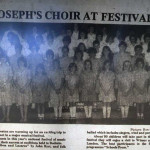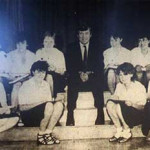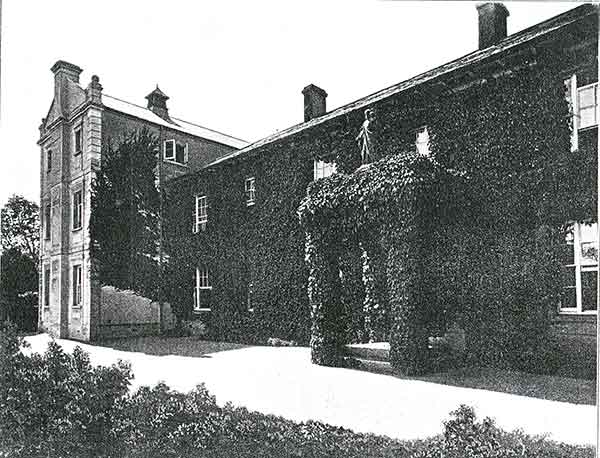
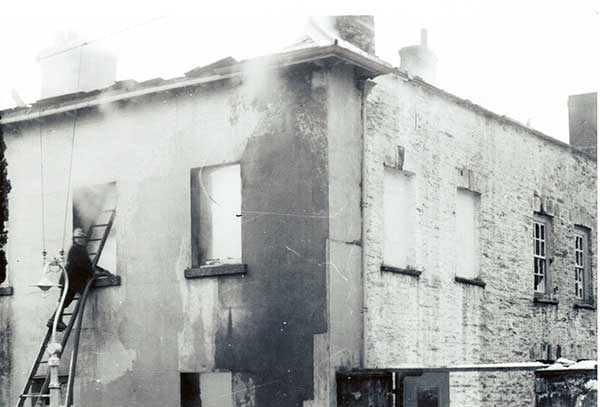
Newport House was built and occupied by Sir Jonathon Phillips in the second half of the eighteenth century. He represented Camelford for a few months in Parliament as a Whig after the 1784 General Election. In 1786 he became Mayor of Camelford. Along with the Duke of Northumberland, who owned Werrington Park, he shared control of the franchise of the borough of Newport, which on its own returned two Members to Parliament. At his death in 1799 he bequeathed £100 to the poor of St. Stephen’s. A tablet in St. Stephen’s Church commemorates this bequest. With the passing of Sir Jonathon, the estate was inherited by his nephew, Thomas John Phillips, of Landue, Lezant. In 1830 the estate was sold to the Duke of Northumberland.
At the end of the nineteenth century, Thomas Pomeroy Trood purchased the property. Thomas was Mayor of Launceston on five occasions, he ran a very successful Coal and General Agricultural business in Launceston, with depots at Egloskerry, Tresmeer, Whitstone, Bude and Bridestowe.
The Newport estate consisted of Newport House, the adjoining Felton House, fields, three cottages and a villa, now numbered 17,19,21 and 23 St. Stephens Hill. On purchasing Newport House, Thomas found the property in a poor state of repair and he set about improving it. He is responsible for the large porch at the front and he also had built the wall along the side and front of the garden. He also had imposing entrance gates fitted with his monogram ‘T.P.T.’
At the beginning of the twentieth century, the turmoil in French politics resulted in the expulsion of the Religious Orders from the country. The Orders appointed agents throughout Europe to locate suitable properties to which they might go. One of these agents came upon Newport House and an offer was made to Thomas Trood to purchase the property for the Order. He agreed to the sale, in turn purchasing Hendra at Dunheved road.
And so in 1903, a dozen Sisters of the Sacred Heart arrived at Launceston to take up residence at Newport House. The adjoining Felton House was let to the Rev. T. B. Trentham, who had just retired from his parish of North Petherwin and had given up pastoral work. The rent augmented the Nuns main income, which was derived from a laundry they had set up, which was well patronised by the townsfolk. Shortly after their arrival, the French nuns started a small school, which was attended by the Catholic children of the district. When the War broke out in 1914, the Convent sheltered some of the Belgium refugees that came to the town and their children also became pupils. The laundry continued until 1922. It was then that the Sisters had a three storey extension built adjoining the West side of Newport House, which provided additional dormitories and classrooms.
With the outbreak of the First World War, the French government invited the Religious Orders to return to undertake the nursing of wounded soldiers, so at the end of May 1915 the Sisters of the Sacred Heart left the town to be replaced by the Dominican Sisters who had been missionaries in South Africa. Their arrival was due to the War as the hostilities had made it impossible to travel by sea and as a subsequence to maintain personal contact with South Africa. So, just as the previous Religious Order, the Dominicans were looking for premises for those that wished to join the Dominican Congregation and undergo training until the end of the War. The first six Dominican’s came from South Africa, with the first Superior being Mother Columba.
Early in 1915, the Rev. Trentham died and his daughters left for smaller residence in the town, so when the new owners took possession, they found Felton House empty. It was soon re-let with the Rev. Chamberlain Smith taking on the lease with his family.
The Dominican Sisters continued with the school which was the beginning of the actual St. Josephs school we know today. At the end of 1915, a Christmas party was arranged for the children. Mother Vicar, (Mother Hyacinth Culhane), had started evening sewing classes for the purpose of making clothing and gifts for the children, which were given to the children at the party.
As time went on the number of children attending slowly increased with Boarders coming from Ireland and as far as South Africa. There were 35 children in total on the roll by September 1920. After the death of the Rev. Chamberlain Smith, the nuns absorbed Felton House into the Convent, using it as the Novitiate and was occupied by thirty Sisters.
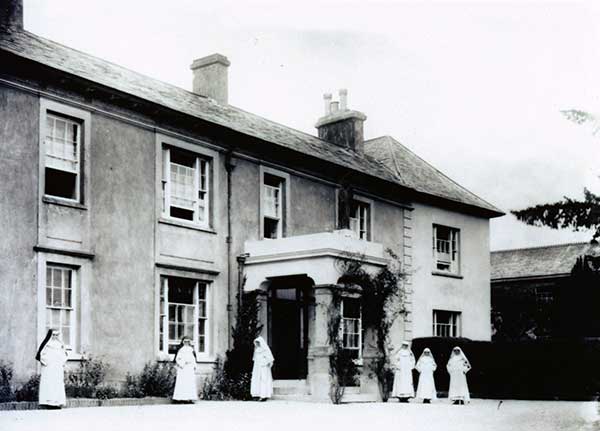
FIRE.
On the evening of January 15th, 1926, the nuns and children numbering about 80 in total were at prayer in the Chapel, when they heard shouting from outside – “Fire! Fire! The house is on fire!”. Sure enough it was. Felton House and the upper storey of Newport House were ablaze. The fire caused considerable damage to the school, to make matters worse the Fire Brigade were unable to get their engine up to the fire as St. Stephens hill was to icy for the horse and had to rely mainly on the hydrants. The fire raged for most of the early part of the night as the Brigade struggled to gain control, and it wasn’t until the early hours of the morning that the fire was pronounced as being under control. It was still smouldering when daylight broke, but no one was hurt although the fire damage was estimated to be £3,600. At the meeting of the Town Council on the following Monday there was a critical debate on the inadequacies of the fire engine, which was still being powered by steam, which took time to build up pressure, and it had to be pulled either by a loaned tractor of by horses, so was not very mobile. Too make matters worse, the hoses were found to be too short and as a consequence water could not be pumped from the River Kensey. (It would be another 3 years before this situation was completely rectified with a Motorised Fire Engine arriving in the town.)
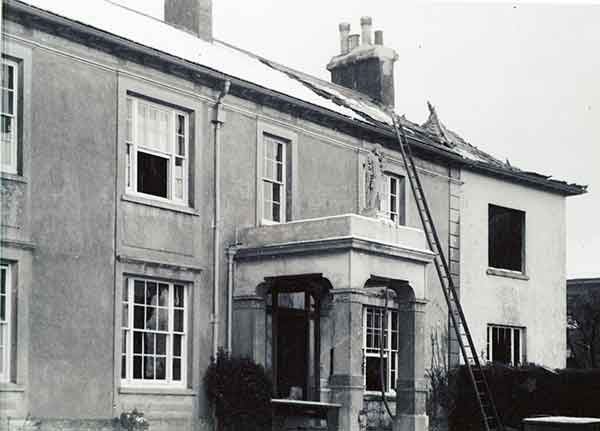
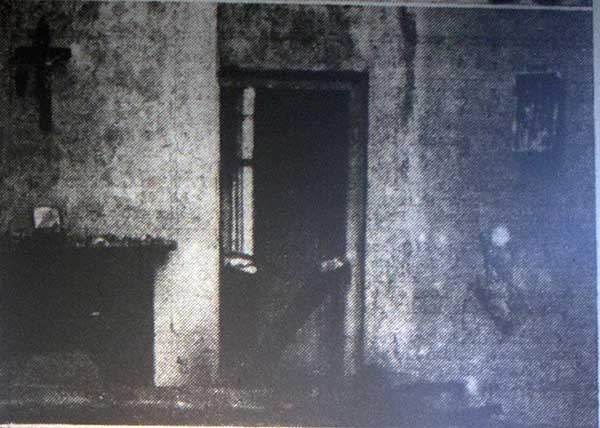
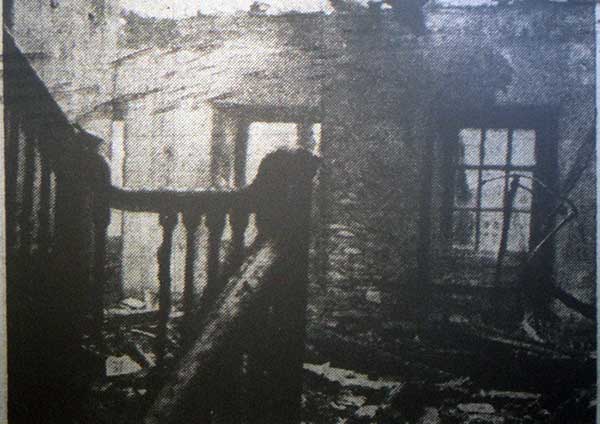
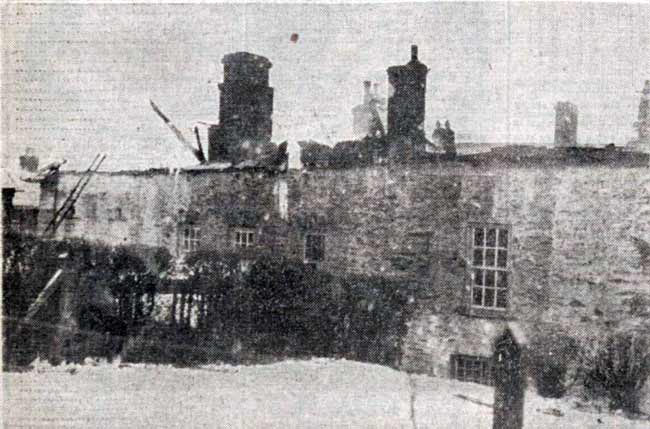

At 6:30 the next morning, all the Sisters assembled in the Parish Church for their normal religious exercises. The attire of the Sisters showed the haste with which they had had to find clothing suitable for attendance in Church. The towns people came to the aid of the Sisters, with offers of help from all sides. The Sisters were able to return to the Convent after just a week, but it was a further three weeks before the boarders could return, being put up in the meantime in the houses of neighbours and friends. Work was resumed in the school, and gradually something akin to normality returned, but there was a serious problem with overcrowding which made life difficult for the Sisters and children alike. It was clearly imperative for the Order to secure another site suitable for a Novitiate. The result was that the Mother Superior General, Mother Mary Rose Nyland, the Foundress of the Congregation, travelled from South Africa to England, arriving at St. Josephs on Friday, 16th April, 1926. Her arrival was greeted with elation by the Sisters. She stayed for a few days before travelling to London to search for suitable property where the Sisters could settle within easy reach of London University and Teacher’s Training Colleges. Rosary Priory, Caldecote Towers, Bushey Heath, was chosen as the most suitable site.
RE-BUILD.
Before she left Launceston for London, Mother Mary Rose had arranged with Mr. Otho Peter, Architect, to have the fire damaged part of the Convent re-built to serve as a school. With his usual assured confidence, Otho Peter had soon drawn up plans which were immediately approved, and after Whitsun 1926, work commenced on re-building which took several months.
Once the school had got over the experience of the fire, numbers began to increase and by 1960, there were 152 names on the roll. This in itself caused a recurring problem of space, with sitting rooms, parlours and anywhere they could find room, were given over to classes. It was clear something had to be done and the Superior General of the Congregation of Dominican Sister, Mother John Lovely made the decision for an extension to be built.
To a design by the Architect, Vyvyan Salisbury and built by J. Kerswell and Sons of Tavistock, a new block was constructed in 1960 at the cost of £50,000. The blessing of the new building was undertaken by the Right Rev. Monsignor Cyril Restieaux, Bishop of Plymouth, on Thursday, 29th September, 1960.

St. Josephs continued to go from strength to strength with pupils excelling in all subjects, but particularly in Music, however, 1985 proved to be the end of an era, as the Dominican Order were called away to serve elsewhere, but the school has continued to grow and today has over 200 pupils on its roll. The school officially recognises the arrival of the Dominican Sisters in 1915 as its official birth date and so 2015 was the Schools official Centenary.
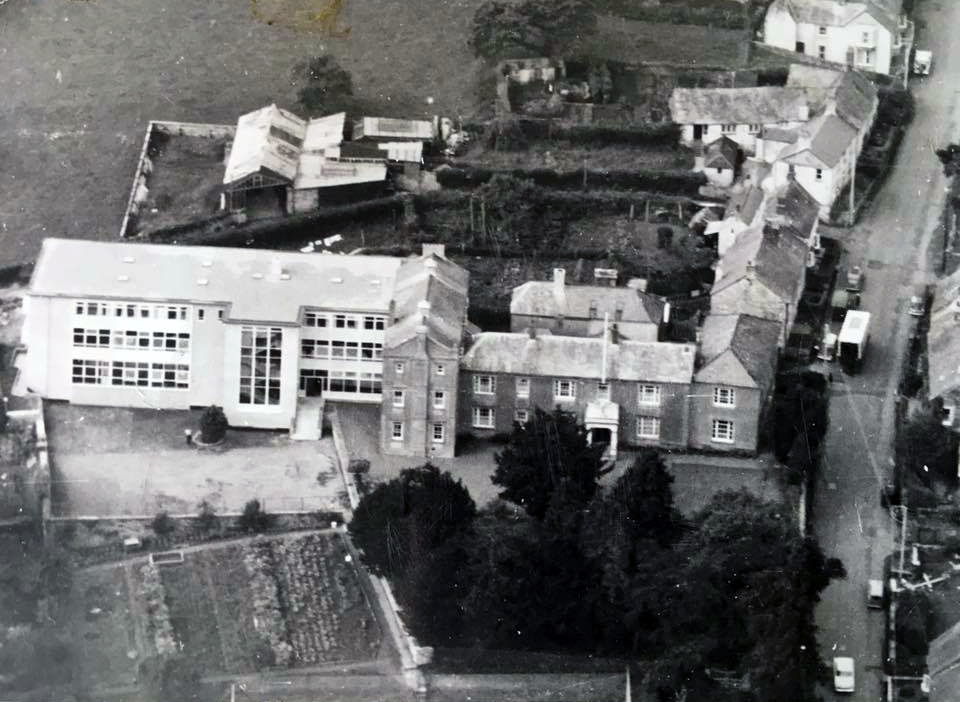
St. Josephs School Gallery.
Visits: 276

